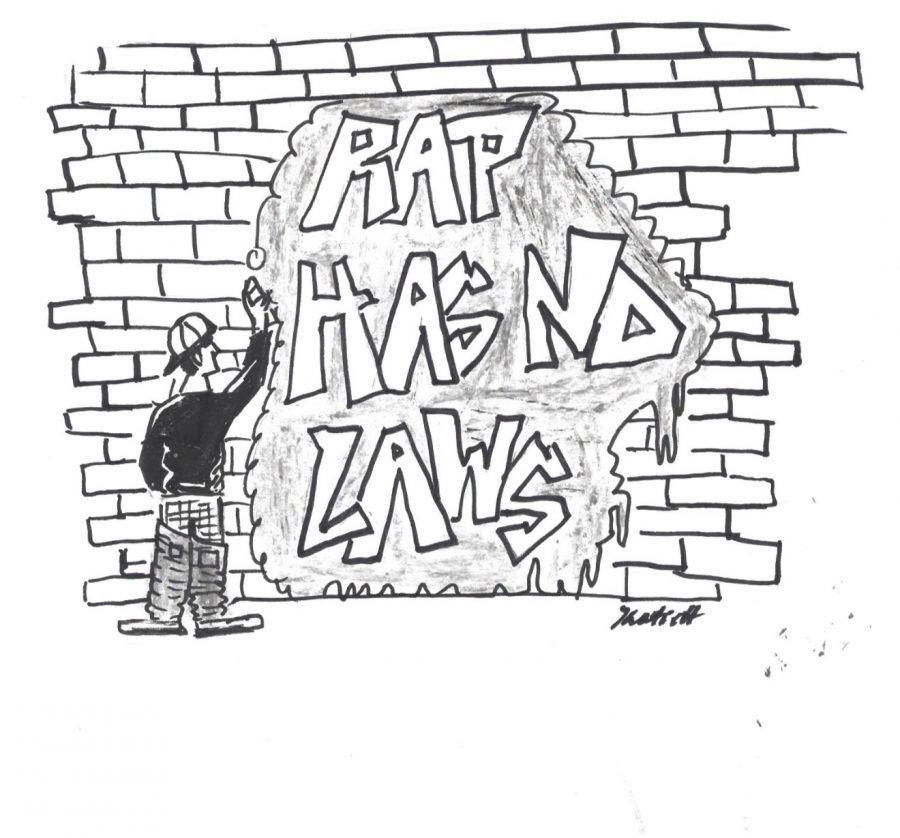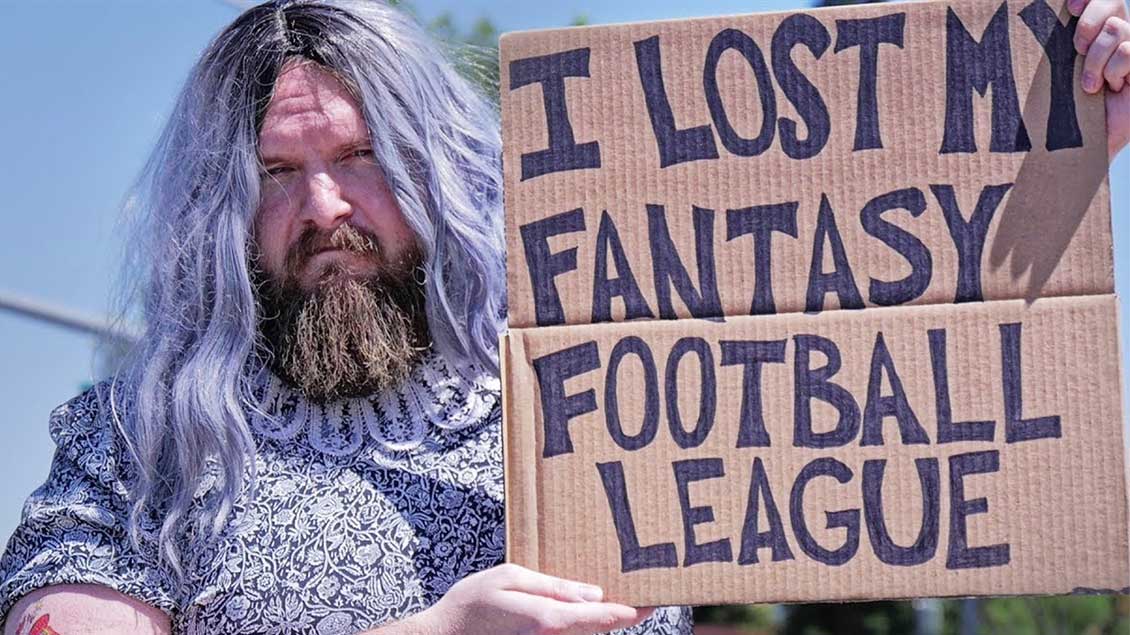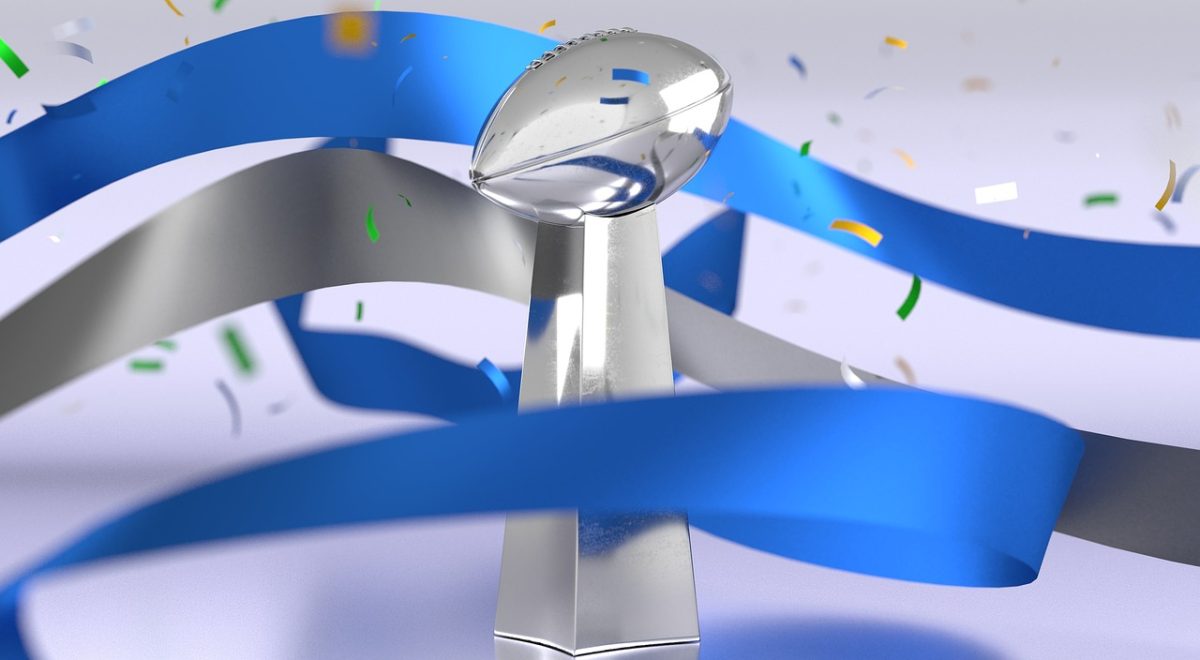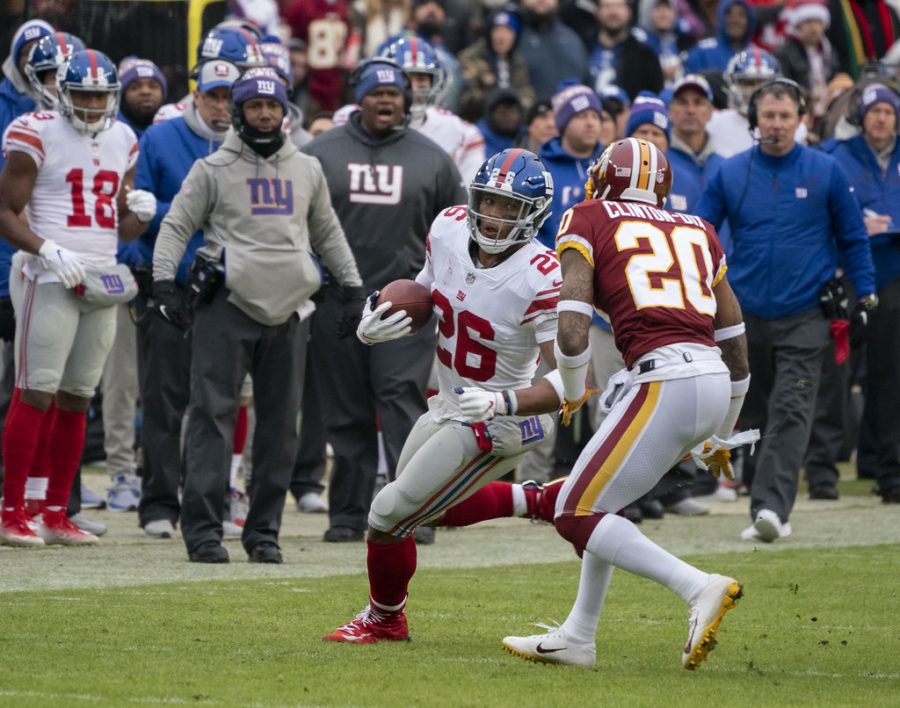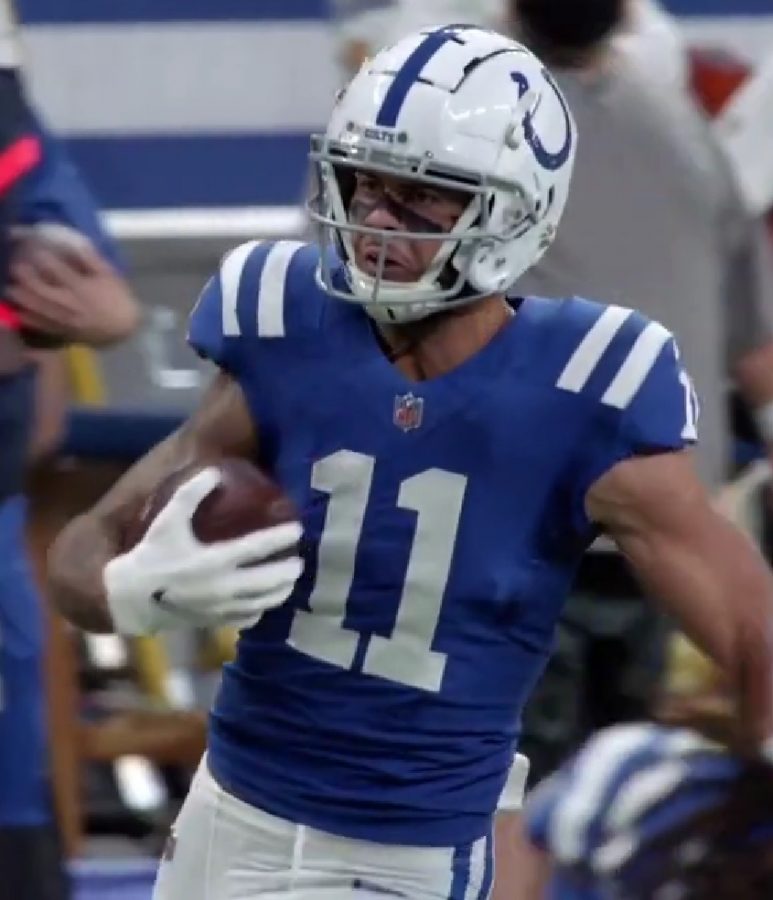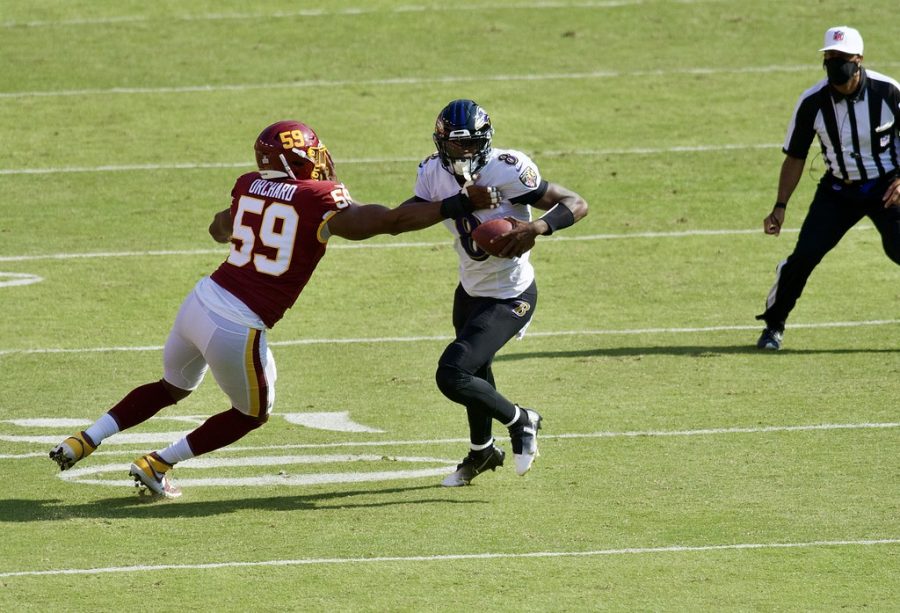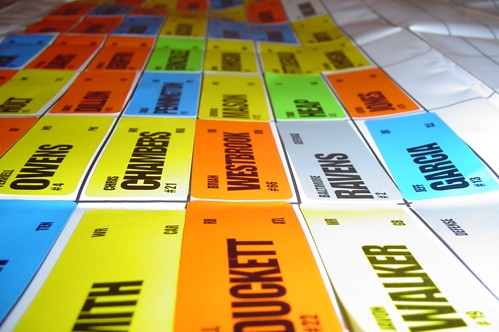By Anthony Romanelli, opinion editor
Rapper Snoop Dogg released an album called “Make America Crip Again,” on Oct 23 of this year, as a direct and scathing condemnation of Donald Trump’s policies toward minorities in America. It currently ranks number 17 on iTunes’s Top 40 Hip-Hop Albums chart.
Its racial and political messages aren’t so remarkable as the content of the album, which frequently mentions wanting to return to the glory days of the Crips, a highly-dangerous criminal group that the rapper has since left. When asked about the glorification of gang culture in his song, Snoop Dogg defended it by stating the Crips were originally a black power group, not unlike the Black Panthers.
Regardless of his justifications, Snoop Dogg’s album highlights a particularly recent problem. Even if Snoop Dogg is no longer a Crip affiliate, his latest work is part of a growing trend of rappers claiming opposition to gang violence outside the studio but refusing to condemn it in their own music.
Unfortunately, the trend shows the increasing influence of organized crime on the rap recording industry. As one of the largest and most powerful gangs in America with over 35,000 members, the Crips became involved early on in the East Coast-West Coast hip-hop and rap feud starting in 1986, which saw artists like the Notorious B.I.G and their Bad Boy Records label compete for popularity and influence against Tupac Shakur, Death Row Records and the much younger L.A. rap scene.
The feud ended when both Shakur and B.I.G were killed in gang-related drive-by shootings. Gangs function a lot like miniature nations, and promoting their own ideas through such a common medium as music was what allowed the Crips and their enemies, the Bloods, to grow so influential by the late 1980s. Several different rap artists today have attempted to escape their old gang ties (see “Rappers with past gang affiliations”), but often the influence of gang culture is oppressive and far-reaching, especially in music.
About 77 percent of rap songs contain lyrics about drugs and alcohol, and the average teen hears over 30,000 positive references to drugs over the course of a year, according to a study by the University of Pittsburgh. The power of glorification is very strong in music, as unlike movies, music can be played on the go in nearly every location, which allows for more exposure. A study by the American Psychological Association involving 500 students found that the more young people listened to violent music, the more aggressive the students became, regardless of race, gender or socioeconomic status.
The pervasiveness of glorified violence in the media and its direct connection to aggression cannot be ignored. The heyday of gangster rap was also the heyday of gangsters themselves. Crips and Bloods continue to fight each other, albeit nonviolently, once they make it big. YG, a rising star in the rap community, continues to wear Bloods colors and use their slang, displaying his past membership of a group of criminals as a symbol of pride.
This is what makes Snoop Dogg’s new album so disappointing in its message. He was among the first to advocate a stop to the violence between the East and West Coast rappers in the late 90s. And along with other artists like Chance the Rapper and the Game, he’s currently involved with charitable organizations aiming to stop inner-city violence across the nation.
This redemption just makes his newest work, a desire to return to the “glory days” of violence and drugs, all the more ignorant. Crime in the U.S. is lower than it was in the 80s and 90s, but as criminal groups continue to evolve and expand into the media sphere, the idea that gang life is ideal just perpetuates the stereotypes that have consistently plagued the rap genre.
Of course, this content is made to be explicit on purpose, but perhaps one day, we will see artists confront the harsh realities of gang life. The issue is bigger than a “bad influence.” Listening to rap doesn’t make you a gangster any more than playing video games makes you a murderer.
But this stunning hypocrisy is disillusioning for people who look up to those artists as icons trying to help their hometowns and communities. If the gangster rap movement wants to foster change and progress in America, it needs to address its own faults first.
Categories:
Roots of gang culture left unaddressed
November 1, 2017
0
Donate to ProspectorNow
This coming fall, we plan on traveling to the 2025 National High School Journalism Convention in Nashville, Tennessee, where we'll learn from professionals and get better at what we do: making the best multimedia student journalism in the state. If you've ever found anything of worth on this website, please consider donating to offset the cost.




































































